The Bay of Fundy which separates southern Nova Scotia from New Brunswick and Maine is famous for having the world’s highest tides, with the highest of them all in the easternmost parts known as the Minas Basin and Cobequid Bay where average difference between high and low tides is around 11 meters (almost 40 feet). Back in 1995 on a road trip with my parents to the Gaspe Peninsula and Quebec, we stopped on Fundy National Park on the New Brunswick side where I have pictures of my dad standing in the same spot first far from the water and then with it up close to him only about 30 minutes apart, the tide coming in so astonishingly rapidly. It’s difficult to imagine the vast quantity of water sloshing back and forth two times daily, but it has to somehow be a potential source of renewable energy. I’ll leave that to people who are smarter than I am to figure out.
Fundy’s vast tides were significant for the Acadian French who settled in the region in the 1600s and remained until British expulsion in the 1750s. The Landscape of Grand Pre along the Minas Basin near Wolfville constitutes a UNESCO World Heritage site, but what does “The Landscape of Grand Pre” mean? As far as landscapes go, it’s really not that scenic.
Well, it relates to the fact that the Acadian living along the shore of the Bay of Fundy became expert dyke builders and reclaimed fertile land from the sea that was normally submerged at high tide to use for farming. This included a system of freshwater flooding from streams which gradually removed the salt from the soil. It all sounds very labor intensive but perhaps no more so than creating farmland from cutting virgin forest and removing the stumps and rocks. The UNESCO site is made up of about 3,000 acres of flat farmland near Grand Pre that is below average sea level in the area.
Grand Pre is also a Canadian national historic site which commemorates the history of the Acadian people and their removal by the British of around 12,000 Acadian French between 1755 and 1764, known as the Grand Derangement and made famous by Henry Wadsworth Longfellow’s epic poem Evangeline. A significant part of the refugee population ended up in Louisiana where they became known as Cajuns.
It might not be something you’d expect, but Nova Scotia has a fledgling wine industry with a number of wineries scattered through the province and a concentration in the Annapolis and Gaspereau Valleys near Wolfville. It probably shouldn’t be too surprising. Nova Scotia really isn’t that far north and being surrounded by the Atlantic winter temperatures aren’t too extreme. Naturally cool climate white wines prevail, but I found some of the reds at the three wineries I stopped at for tastings to be good too. And the vineyards in the area were far more extensive than I had expected. When it comes down to it, though, you’re only allowed to bring two bottles of wine duty free into the U.S. and Canadian wine is no bargain even when the Canadian dollar is fairly low because taxes on alcohol are higher in Canada.
My last stop before heading to Prince Edward Island was the Joggins Fossil Cliffs, another UNESCO World Heritage site along the Bay of Fundy. Joggins claim to fame is an exposed seam of “Coal Age” or Carboniferous Era rocks from about 310 million years ago, one of the world’s best troves of fossils from that particular era. So, does that mean dinosaurs? No, it was way before that. There’s some fossilized roots and fern trunks as well as prints of some of the earliest known reptile like creatures. At low tide it’s possible to walk on the beach, but at high tide the water rises up to the cliffs causing further erosion and periodically exposing more fossils.

 Wolfville, Nova Scotia, Canada
Wolfville, Nova Scotia, Canada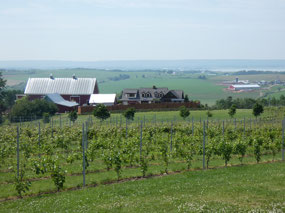
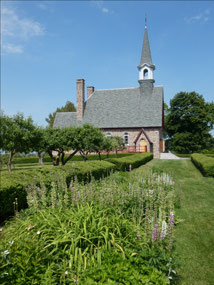


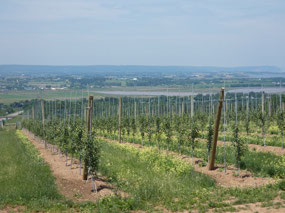
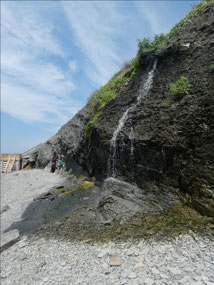
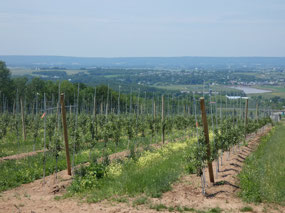
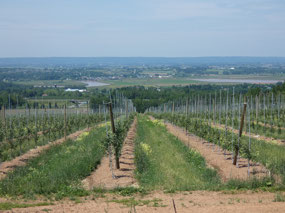
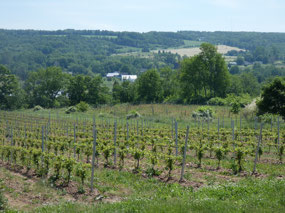
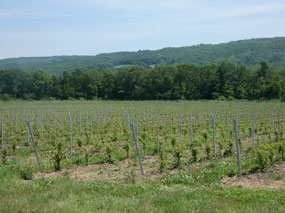
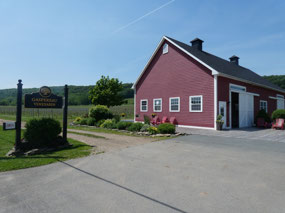
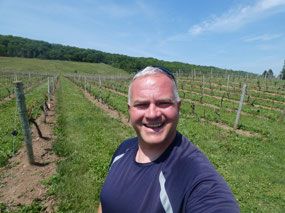
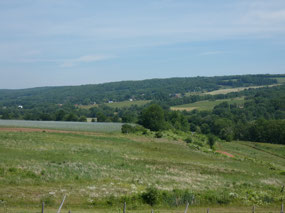
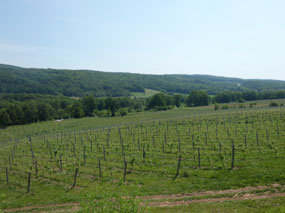
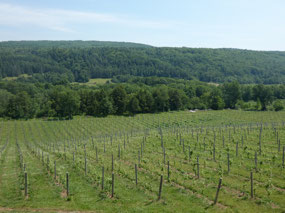
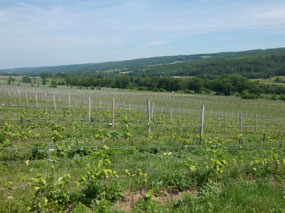
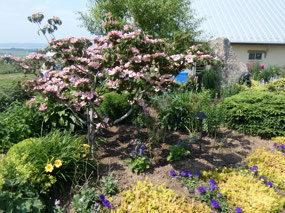
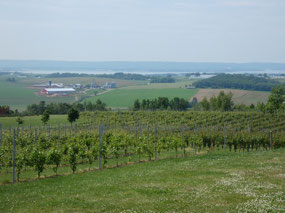

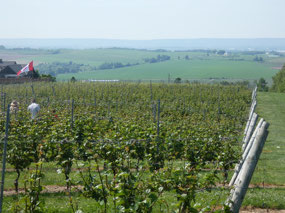
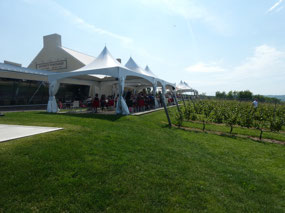

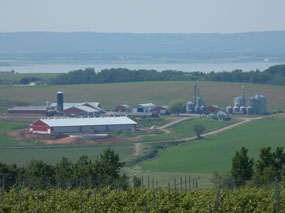

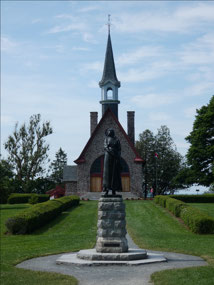
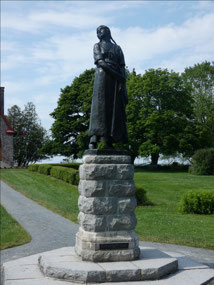
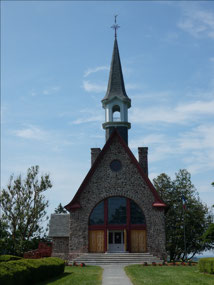

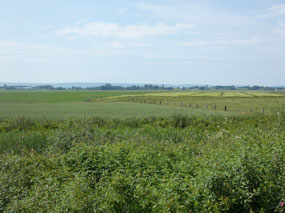

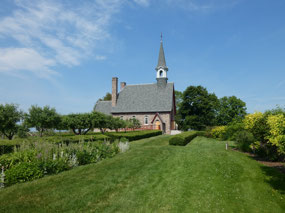
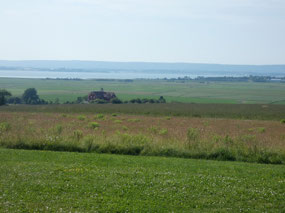

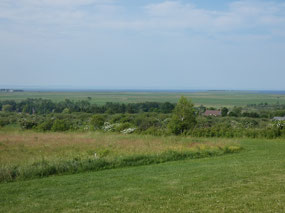
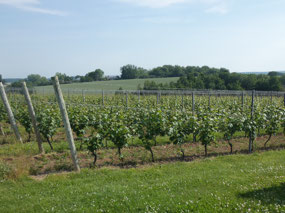
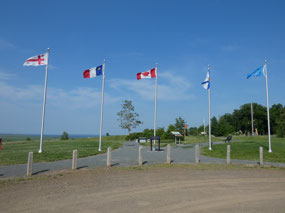
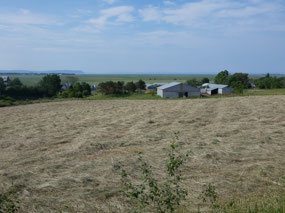
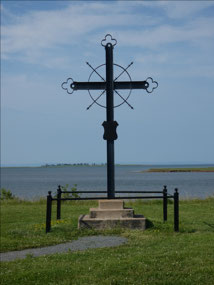
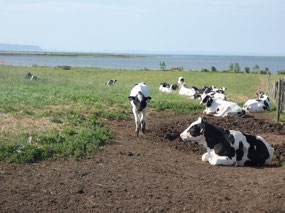
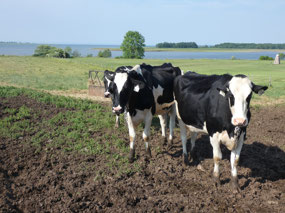

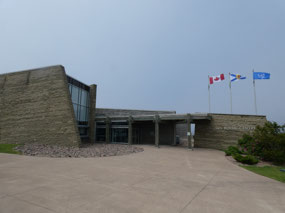
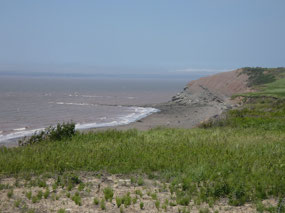
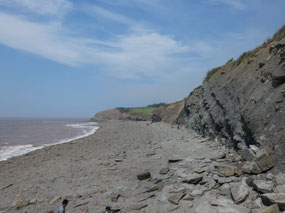

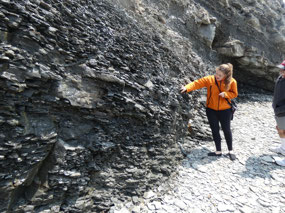
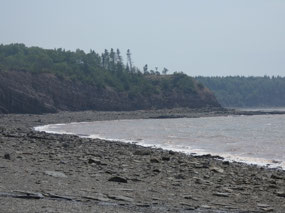

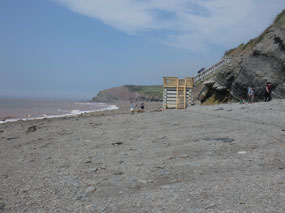
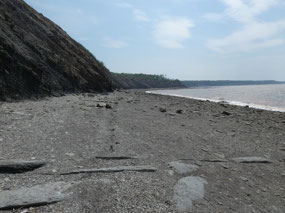
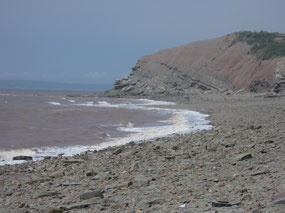
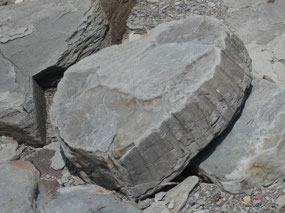
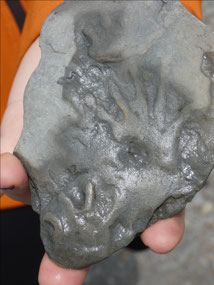
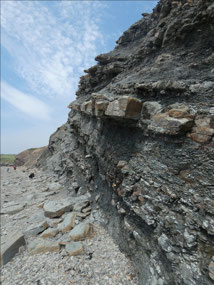
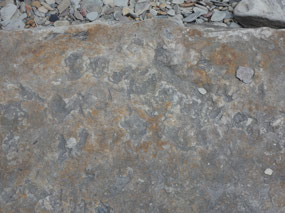

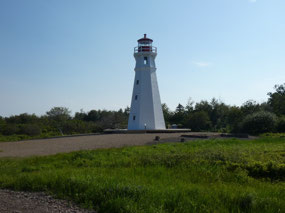
2025-05-23